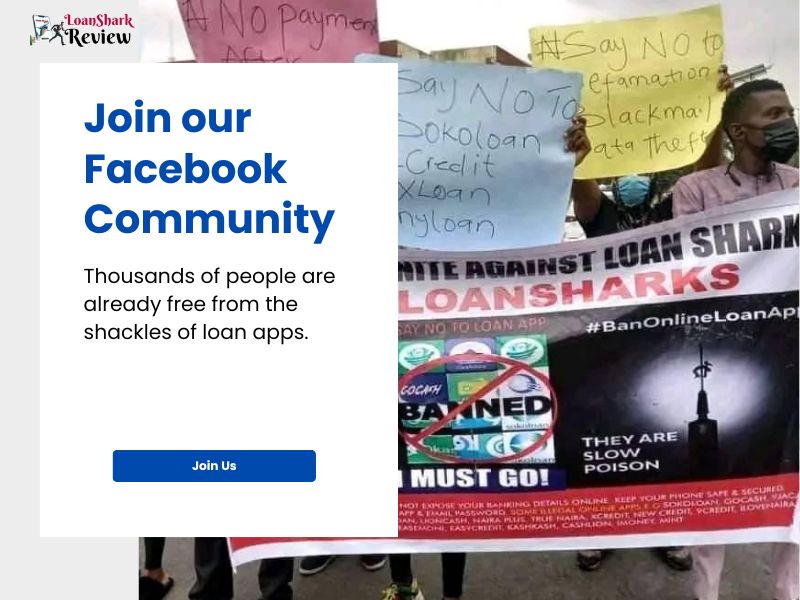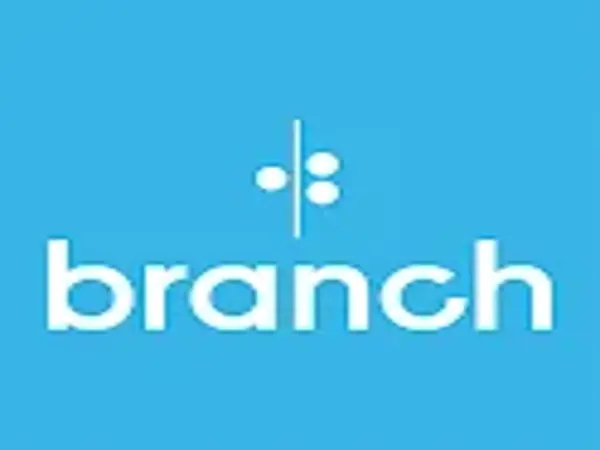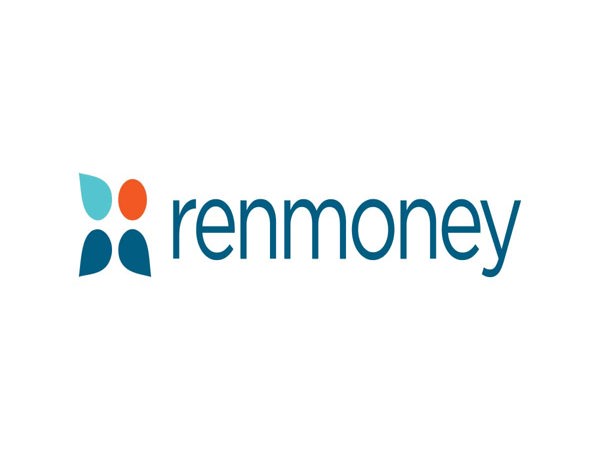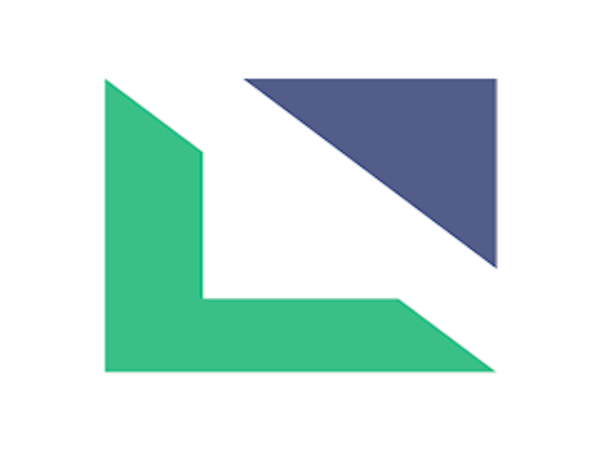In recent years, Nigeria has witnessed a significant rise in the popularity and usage of loan apps as a means of accessing quick and convenient financial assistance. These apps, also known as digital lending platforms, have revolutionized the traditional lending landscape, offering individuals and small businesses access to instant loans without the need for collateral or extensive paperwork. However, along with their benefits, the emergence of loan apps has also led to the alarming issue of loan shark harassment. This article explores the evolution of loan apps in Nigeria and delves into the challenges posed by loan shark harassment.
The Rise of Loan Apps in Nigeria
The emergence of loan apps in Nigeria has revolutionized the financial landscape, providing individuals and businesses with unprecedented access to instant loans. This article delves into the origins of loan apps in Nigeria, highlighting the significant impact they have had on society since their inception.
The Beginning of Loan Apps in Nigeria
The year it all began: Loan apps gained traction in Nigeria around 2019, The Introduction of mobile money and digital financial services as enablers. Early pioneers contributed to the development of loan apps in Nigeria but the bad eggs crept in to destroy the industry
- Factors contributing to the growth and popularity of loan apps.
Technological Advancements:
Increased smartphone penetration: The widespread availability of smartphones has enabled easy access to loan apps, allowing individuals to apply for loans anytime, anywhere.
Internet connectivity: Improved internet infrastructure and affordable data plans have made it easier for people to access loan apps and complete loan applications online.
Financial Inclusion:
Limited access to traditional banking: A significant portion of the Nigerian population remains unbanked or underbanked. Loan apps bridge this gap by providing financial services to individuals who have limited or no access to formal banking systems.
Minimal documentation requirements: Loan apps often have simplified application processes that do not require extensive paperwork or collateral, making them more accessible to a wider range of individuals.
Speed and Convenience:
Quick loan approval and disbursement: Loan apps leverage technology and automated processes, allowing for faster loan approvals and instant disbursement of funds to borrowers.
Seamless user experience: Loan apps typically offer intuitive interfaces, simple application forms, and quick response times, enhancing the overall user experience.
Flexible Loan Options:
Microcredit facilities: Loan apps offer small loan amounts that cater to the immediate financial needs of individuals, including emergency expenses, bill payments, or short-term business capital.
Personalized loan terms: Borrowers can often choose loan repayment durations and amounts that suit their financial capabilities and preferences.
Data-Driven Credit Scoring:
Alternative credit assessment methods: Loan apps leverage advanced data analytics and machine learning algorithms to assess the creditworthiness of borrowers. This allows them to provide loans based on alternative data sources, such as mobile phone usage, transaction history, and social media behavior.
Expanded loan eligibility: Loan apps can extend credit to individuals with limited or no credit history, enabling them to build credit profiles and access financial services.
Aggressive marketing campaigns: Loan apps utilize various marketing channels, including social media, online advertising, and partnerships with influencers, to create awareness and attract potential borrowers.
Incentives for referrals: Many loan apps offer referral programs where existing users can earn rewards or discounts for referring new borrowers. This encourages word-of-mouth marketing and drives user acquisition.
Economic Factors:
Economic challenges and income volatility: Loan apps address the need for quick access to funds during unforeseen financial emergencies or periods of income volatility.
Support for small businesses: Loan apps play a crucial role in supporting the growth of small and medium-sized enterprises by providing them with timely access to working capital.
It is important to note that while loan apps offer numerous benefits, borrowers should exercise responsible borrowing practices and carefully evaluate loan terms to avoid over-indebtedness.
- Benefits of loan apps, including accessibility, convenience, and faster loan processing.
- Key players in the Nigerian digital lending industry.
2. Loan Shark Harassment in Nigeria:
Loan shark harassment has become a growing concern in Nigeria, affecting individuals who are financially vulnerable and desperate for quick cash. These illegal moneylenders engage in exploitative practices, charging exorbitant interest rates and resorting to aggressive tactics to collect debts. This article sheds light on the issue, its impact on society, and the urgent need for effective intervention.
As the demand for quick loans increased in Nigeria, loan sharks seized the opportunity to exploit individuals who were unable to access formal financial institutions. These predatory lenders operate outside the regulatory framework, evading scrutiny and preying on the desperation of borrowers. With the absence of proper licensing and oversight, they establish illegal lending networks, often targeting low-income earners, small business owners, and vulnerable individuals with limited borrowing options.
Loan sharks employ various exploitative practices to trap borrowers in a cycle of debt. They charge exorbitant interest rates that far exceed the legal limits, leaving borrowers struggling to repay their loans. In many cases, the terms and conditions are deliberately vague or misleading, making it difficult for borrowers to understand the full extent of their obligations. Loan sharks also resort to intimidation, harassment, and violence to exert pressure on borrowers, often leveraging personal information or collateral as a means of control.
The pervasive presence of loan sharks has detrimental consequences for individuals and society as a whole. Borrowers who fall into their clutches experience immense stress, anxiety, and financial instability. They may resort to desperate measures to repay their debts, including selling off assets, borrowing from family and friends, or even engaging in illegal activities. Loan shark harassment perpetuates a cycle of poverty and financial exclusion, undermining the efforts to achieve economic stability and social development in Nigeria.
Addressing loan shark harassment requires a multi-faceted approach involving government agencies, regulatory bodies, law enforcement, and civil society organizations. The government must strengthen existing laws and regulations to curb the activities of loan sharks, ensuring stricter enforcement and severe penalties for offenders. Additionally, financial literacy programs should be implemented to educate individuals about responsible borrowing, alternatives to loan sharks, and the risks associated with illegal lending. Efforts should also focus on enhancing access to formal financial services and fostering a supportive environment for entrepreneurship and small business development.
Loan shark harassment in Nigeria poses a significant threat to the financial well-being and stability of individuals and communities. Urgent action is needed to combat this menace, protect vulnerable borrowers, and create an enabling environment for responsible lending. By addressing loan shark practices and promoting financial inclusion, Nigeria can work towards a society where individuals have access to fair and transparent financial services, free from the clutches of predatory lenders.
3. Addressing Loan Shark Harassment:
Loan shark harassment is a pressing issue that affects individuals and communities worldwide. It refers to the abusive and illegal practices employed by predatory lenders who exploit vulnerable borrowers. These loan sharks often charge exorbitant interest rates, employ aggressive collection tactics, and subject borrowers to harassment, threats, and violence. Addressing loan shark harassment requires a comprehensive approach involving legal measures, financial education, and support systems for affected individuals.
One of the key steps in addressing loan shark harassment is to enact and enforce strict laws and regulations against predatory lending practices. Governments and financial authorities should establish clear guidelines that define legal lending practices, interest rate caps, and penalties for lenders who engage in illegal activities. These regulations should aim to protect borrowers and create a fair and transparent lending environment.
In addition to legislation, financial education plays a vital role in preventing loan shark harassment. Educating individuals about responsible borrowing, understanding loan terms, and exploring alternative financial options can empower them to make informed decisions. Schools, community organizations, and financial institutions can collaborate to provide financial literacy programs that equip individuals with the knowledge and skills necessary to navigate the lending landscape safely.
Creating accessible and affordable financial services is another crucial aspect of addressing loan shark harassment. Governments and financial institutions should strive to provide inclusive financial services, such as microcredit facilities and small loans, to individuals who may otherwise turn to loan sharks due to limited options. This can be achieved through the establishment of community-based lending programs, partnerships with nonprofit organizations, and the use of technology to facilitate digital lending platforms.
Establishing support systems for individuals affected by loan shark harassment is equally important. This includes providing counseling services, legal aid, and safe reporting mechanisms for victims to seek assistance. Nonprofit organizations and government agencies can collaborate to set up helplines, support groups, and referral networks to ensure that individuals facing harassment have access to the necessary support and protection.
Public awareness campaigns play a crucial role in addressing loan shark harassment by shedding light on the issue and empowering individuals to report illegal activities. Media outlets, community organizations, and government agencies can collaborate to raise awareness about the risks of borrowing from loan sharks and the available resources for assistance. These campaigns should emphasize the legal alternatives, encourage responsible borrowing, and promote financial empowerment.
Collaboration between various stakeholders is essential in addressing loan shark harassment effectively. Governments, financial institutions, law enforcement agencies, community organizations, and consumer protection groups must work together to develop strategies, share information, and coordinate efforts to combat predatory lending practices. This collaboration can lead to enhanced monitoring of lending activities, swift response to reported cases, and the implementation of preventive measures.
In conclusion, addressing loan shark harassment requires a multi-faceted approach that combines legal measures, financial education, accessible financial services, support systems, and public awareness campaigns. By implementing strict regulations, providing financial education, offering inclusive financial services, and establishing support systems, societies can protect vulnerable individuals from the perils of loan shark harassment. Empowering individuals with knowledge, resources, and alternatives is crucial in promoting financial well-being and creating a safer lending environment for all.
4. Balancing Access to Credit and Borrower Protection:
Access to credit is crucial for individuals and businesses to meet their financial needs and pursue economic opportunities. In many countries, including Nigeria, the rise of digital lending platforms has significantly expanded access to credit for underserved populations. These platforms, commonly known as loan apps, have revolutionized the lending landscape by offering convenient and fast loan approvals with minimal documentation requirements. However, alongside the benefits of increased credit accessibility, it is equally important to prioritize borrower protection to ensure a fair and sustainable lending ecosystem.
One of the key challenges in balancing access to credit and borrower protection is the vulnerability of borrowers, particularly those who are financially marginalized or have limited financial literacy. Without proper safeguards and regulations, there is a risk of predatory lending practices that can trap borrowers in cycles of debt and financial distress. It is, therefore, essential to establish a regulatory framework that promotes responsible lending and protects the rights and interests of borrowers.
One aspect of borrower protection involves setting clear guidelines for interest rates and fees charged by loan apps. Exorbitant interest rates can lead to debt spirals and predatory behavior by some lenders. Regulatory authorities play a crucial role in ensuring that interest rates are reasonable and within acceptable limits, preventing borrowers from being exploited. Transparent and standardized disclosure of loan terms, including interest rates, repayment schedules, and fees, helps borrowers make informed decisions and avoid unexpected financial burdens.
Another important aspect of borrower protection is the responsible collection practices by lenders. Loan apps should adhere to ethical and legal debt collection procedures, ensuring that borrowers are treated with respect and dignity. There should be guidelines in place to prevent harassment, intimidation, or unethical practices by lenders when collecting repayments. Borrowers should have channels to voice their complaints and seek redress in case of unfair treatment.
Financial education and consumer awareness are vital components of borrower protection. Many borrowers, especially those from low-income backgrounds, may lack basic financial literacy skills. Providing accessible and comprehensive financial education programs can empower borrowers to make informed decisions, understand the implications of borrowing, and manage their finances responsibly. Loan apps can contribute to borrower protection by integrating financial education resources within their platforms or partnering with organizations that promote financial literacy.
Collaboration between regulatory authorities, loan app providers, and consumer advocacy groups is essential to strike a balance between credit access and borrower protection. Regular monitoring and supervision of loan apps can help identify and address potential risks or violations of borrower protection regulations. By fostering a cooperative environment, stakeholders can work together to establish industry best practices, develop responsible lending guidelines, and enhance consumer protection measures.
It is important to recognize that balancing access to credit and borrower protection is a complex task. While strict regulations can stifle innovation and limit credit availability, a completely unregulated lending environment can expose vulnerable borrowers to exploitation. Striking the right balance requires a comprehensive approach that encourages responsible lending practices, promotes financial literacy, and ensures effective regulatory oversight.
In conclusion, the rise of loan apps has revolutionized credit accessibility in Nigeria, opening up opportunities for individuals and businesses. However, ensuring borrower protection is equally crucial to prevent predatory lending practices and safeguard the interests of borrowers. Through a combination of responsible lending practices, transparent disclosure, fair collection procedures, financial education, and regulatory oversight, it is possible to strike a balance that promotes access to credit while protecting the rights and well-being of borrowers.


.jpg)





.webp)






(0) Comment(s)
Write a comment